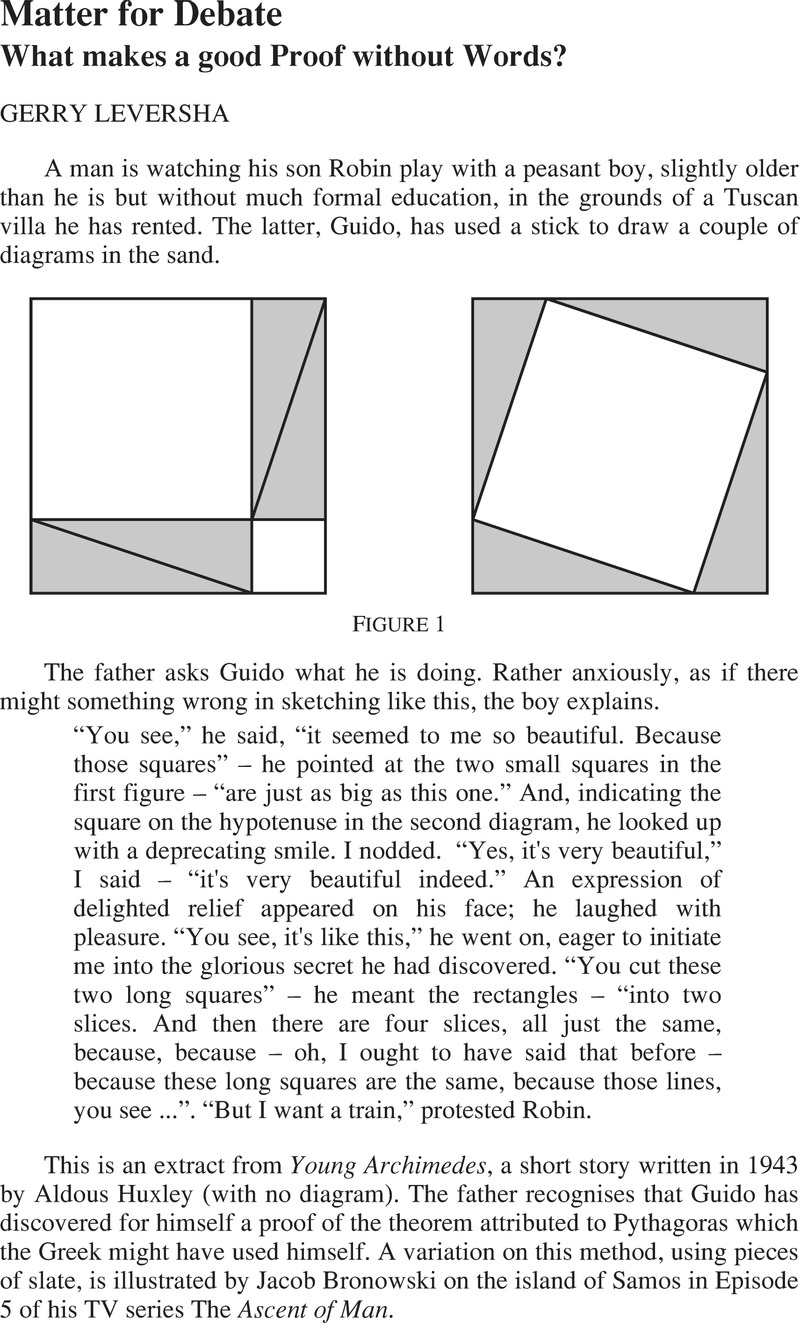Crossref Citations
This article has been cited by the following publications. This list is generated based on data provided by Crossref.
Lukarevski, Martin
2022.
On ‘What makes a good Proof without Words’.
The Mathematical Gazette,
Vol. 106,
Issue. 566,
p.
349.
Hassani, Mehdi
2024.
Some identities involving inverse trigonometric functions without the zero derivative theorem.
International Journal of Mathematical Education in Science and Technology,
Vol. 55,
Issue. 5,
p.
1295.






